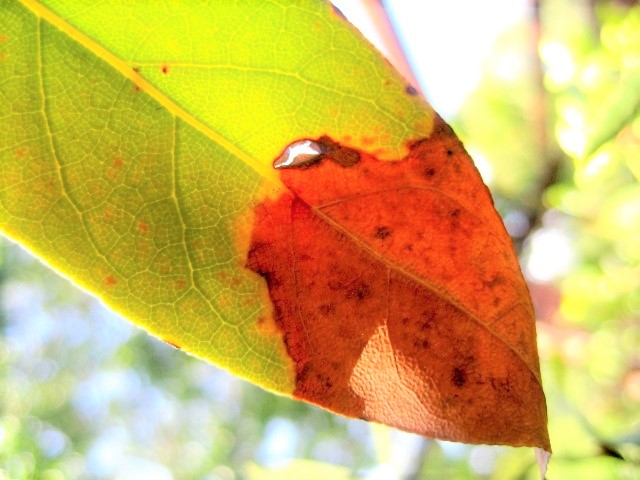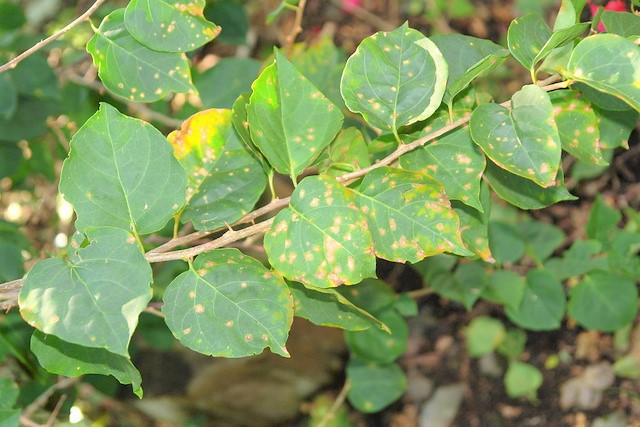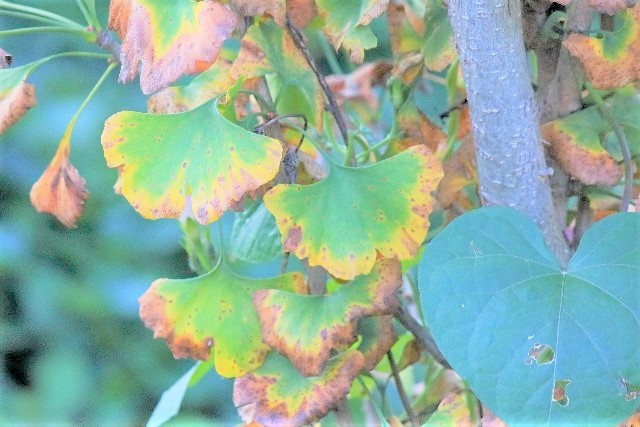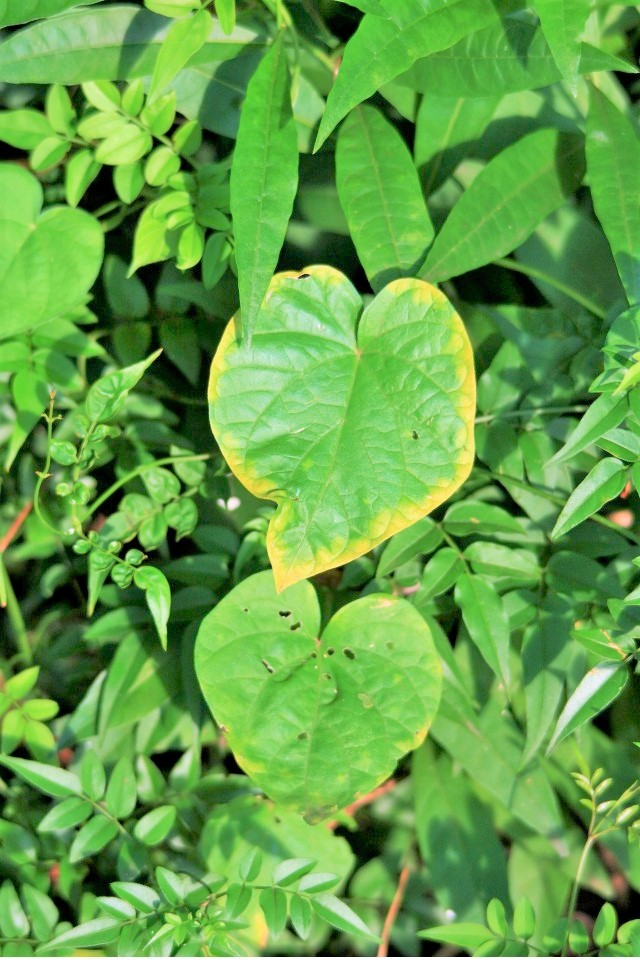Last updated on February 22nd, 2023 at 10:40 am
House plants and outdoor flowering plants are a great way to add life and beauty to your apartment and accentuate the decor. Adding plants to your apartment is always a great idea, from potted indoor succulents that make your apartment scenic to climbing plants to make your balcony private.
However, maintaining these plants in their best state is daunting, and they are not short of growth problems. One of the most common growth problems among house and outdoor plants is their leaves tips turning yellow. This post will discuss the causes, removal, and prevention of the very tips of leaves turning yellow.
Why Are My Plants Turning Yellow?
There are several causes of plants turning yellow, including:
- Moisture stress
- Nutrient deficiency
- Root problems
- Repotting
Let’s see how each cause impacts your leaves’ color.
Moisture Stress
Growing healthy plants requires patience and treating the plant with proper care. When you underwater or overwater your plan, the leaves may turn yellow. Underwatering robs the plant of enough moisture, and the leaves turn yellow due to lack of water. On the other hand, overwatering makes the soil soggy and suffocates the roots making it hard for the plant to transport water and nutrients to the leaves.
Nutrient Deficiency
Your plant leaves may turn yellow due to nutrient deficiency, and the yellowing manifests in different ways. For instance, the yellowing of leave edges indicates potassium deficiency, while the yellowing of the whole of new leaves shows inadequate sulfur supply.
Root Problems
This problem is quite common with potted plants whose roots have outgrown the pot. Other root problems that may cause the yellowing of leaves include rotting due to moisture stress, diseases, injury, or pests.
Poor Lighting
If your indoor plant is the victim of leaf yellowing, it might be getting inadequate light. Sufficient light is imperative for photosynthesis to occur and the production of chlorophyll, the green pigment that gives your plants glory.
New Growth Leaves Turning Yellow, What To Do

Are your new growth leaves turning yellow? Here is what to do:
Step 1: Check for Moisture Stress
The first thing to check if your notice your new growth leaves turning yellow is the soil moisture situation. Insert a finger or two one inch down the soil surface and feel the soil. If it feels dry, water your plant appropriately, and if the soil feels moist and soggy, consider repotting the plant with well-drained soil. Alternatively, you can wait for the soil to drain the moisture and then adopt an appropriate way of watering the plant henceforth.
Step 2: Examine the Roots
Examine the roots to identify problems and rotting caused by injury, excess moisture, pest infestation, and diseases. In case of pests and diseases, apply recommended insecticides to restore your plant’s health. For rotting caused by injury and excess moisture, prune out the affected root to clear space for the plant to develop better roots.
Step 3: Provide Adequate Nutrition to Your Plant
Your plant’s overall health depends on getting adequate nutrition from the soil. These nutrients can be in the form of mulch, natural organic material, or chemical fertilizers. Insufficient sulfur is the most common cause of the yellowing of new-growth leaves. To correct this deficiency, add sulfur to the soil in an inorganic form.
Step 4: Give Your Plant Enough Light
If your plant leaves are turning yellow, inadequate lighting might be the cause. Place your plant in a strategic place, such as near the window, so that it can gather the much-needed sunlight.
Why Do My Plant Leaves Turn Yellow?
Your plant leaves might turn yellow for various reasons. These include under or over-watering, root problems, pests and diseases, inadequate lighting, and nutrient deficiency.
What Do Yellow Spots on Leaves Mean?

Yellow spots on leaves mean two things; your plant has a nutrient deficiency or is infested by pests and diseases. For nutrient deficiency, magnesium is the main culprit of yellow spots, although iron deficiency also manifests as yellow spots between leaf veins.
At the same time, sap-sucking insects may be responsible for the yellow spots on the leaves. The pests and diseases include aphids, fungi, leaf hoppers, plant bugs, mites, viruses, and blights.
Why Is My Plant Turning Yellow and Brown?
It’s disheartening to wake up one day and find your previously healthy plant with yellow and brown spots on the leaves. There are various reasons why your plant is turning yellow and brown, including:
- Inconsistent watering, i.e., overwatering at one time and then going for long periods without watering the plant
- Unfavorable temperatures, especially for indoor plants
- Not providing adequate light to the plant
- Natural adjustment technique following repotting, replanting from the nursery or greenhouse
- Too much salt(sodium chloride) in the soil after using fertilizers for a long or watering with soft water
Outdoor Plant Leaves Turning Yellow; What Should I Do?
Outdoor plants turn yellow for various reasons, from moisture stress, nutrient deficiencies, pests and diseases, aging, fertilizer and pesticide burn to incorrect soil PH. Do the following to fix the issue:
Step 1
Eliminate moisture stress by giving the plant enough water consistently.
Step 2
Ensure your plant is well-fed with appropriate nutrients by applying fertilizers, manure, and other organic matter.
Step 3
Treat diseases and clear pests by spraying the plant with pesticides.
Step 4
Apply fertilizers and pesticides in the recommended amounts and time to avoid chemical burns.
Step 5
Test your soil PH and adjust appropriately to suit your plant’s needs.
Edges of Leaves Turning Yellow-How To Fix the Problem

When the edges of leaves turn yellow, it indicates a potassium deficiency. Additionally, misuse of fertilizers may cause the yellowing of leaf tips due to the build-up of toxic elements. Here is how to fix the problem of the edges of leaves turning yellow:
Step 1
Correct the potassium deficiency by adding potassium-rich compounds to the soil, including Potassium sulfate formula, organic formulas like tomato feed, and seaweed treatments.
Step 2
Apply fertilizers in the recommended dosage, and if the damage is already done, try saving the plant by leaching and eliminating the largely affected leaves.
Can Yellow Leaves Turn Green Again?
Most yellow leaves never turn green again because the plant abandons them to focus its available nutrients and energy on unaffected ones. This is usually the case, especially if the yellowing was caused by moisture, temperature, or pH stress. However, if the yellowing resulted from nutrient deficiencies, providing the specific nutrients may reverse the yellowing, reverting the leave to its green color.
